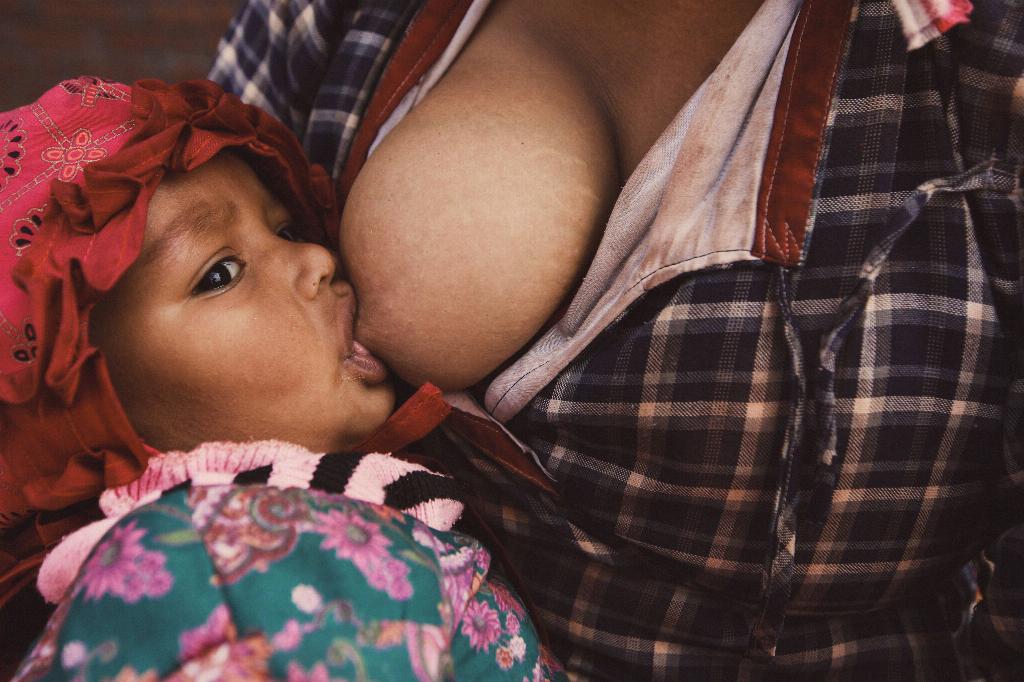When it comes to exploring the potential of breastfeeding as a form of birth control, it is essential to delve into the intricacies of how this natural process can impact a woman’s fertility and the potential for conception. The concept of lactational amenorrhea method (LAM) refers to the temporary infertility that can occur during exclusive breastfeeding in the postpartum period.
The Role of Exclusive Breastfeeding
Exclusive breastfeeding, where the baby relies solely on breast milk for nutrition without any supplements or solid foods, plays a crucial role in the effectiveness of breastfeeding as a contraceptive method. The mechanism behind this lies in the suppression of ovulation due to the hormone prolactin, which is elevated during frequent breastfeeding sessions.
Timing and Frequency Matter
The timing and frequency of breastfeeding sessions are key factors in determining the contraceptive efficacy of breastfeeding. For breastfeeding to serve as a reliable form of birth control, mothers need to feed their babies at least every 4 hours during the day and every 6 hours at night, ensuring consistent stimulation of prolactin levels to inhibit ovulation.
Duration of Effectiveness
While breastfeeding can offer a degree of protection against pregnancy in the initial months postpartum, its efficacy diminishes as the baby grows older and solid foods are introduced into their diet. Typically, the effectiveness of breastfeeding as birth control lasts for the first six months after childbirth or until menstrual cycles resume.
Warning Signs and Considerations
It is crucial for breastfeeding mothers to be aware of the warning signs that indicate a reduced contraceptive effect, such as the return of menstruation, irregularity in breastfeeding patterns, or the baby’s decreased reliance on breast milk. These indicators suggest a higher risk of fertility resuming.
Consulting Healthcare Providers
Before relying solely on breastfeeding as a contraceptive method, it is advisable for women to consult with their healthcare providers to discuss their individual circumstances and the best family planning options available to them. A healthcare professional can offer guidance tailored to the mother’s specific needs and health factors.
Exploring Alternative Birth Control Methods
While breastfeeding can provide a natural and convenient form of birth control for some women, it is not foolproof and may not suit everyone’s lifestyle or reproductive goals. In such cases, exploring alternative contraceptive methods like barrier methods, hormonal contraceptives, or intrauterine devices (IUDs) can offer additional protection against unintended pregnancies.
Benefits of Extended Breastfeeding
Regardless of its contraceptive potential, breastfeeding offers a myriad of benefits for both the mother and the baby, including enhanced bonding, nutritional support, and immune system protection. Extended breastfeeding beyond the contraceptive window can continue to foster these positive aspects of breastfeeding while being supplemented with appropriate birth control methods.
Considerations for Postpartum Health
Postpartum women should prioritize their overall health and well-being while navigating the complexities of family planning and contraception. Ensuring adequate postnatal care, maintaining a balanced diet, engaging in regular physical activity, and seeking emotional support are essential components of postpartum health that complement contraceptive decisions.
Empowering Women Through Education
By fostering a deeper understanding of the relationship between breastfeeding and birth control, women can make informed choices regarding their reproductive health and family planning strategies. Empowering women with knowledge about the nuances of breastfeeding as a contraceptive method enables them to take charge of their fertility and make decisions aligned with their goals and preferences.
Conclusion
In conclusion, breastfeeding can serve as a form of birth control during the initial postpartum period, primarily through the practice of exclusive breastfeeding and consistent nursing patterns. While it offers a natural and nurturing way to space pregnancies, it is essential for women to be aware of its limitations and supplement breastfeeding with additional contraceptive measures as needed. By staying informed and proactive in their reproductive health journey, women can navigate the intersection of breastfeeding and birth control effectively.

